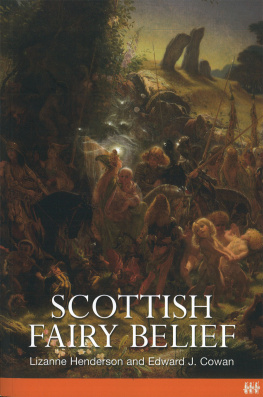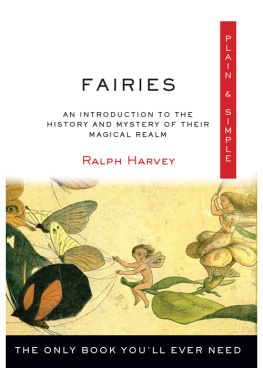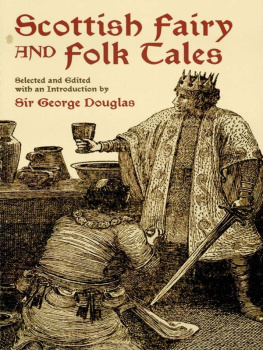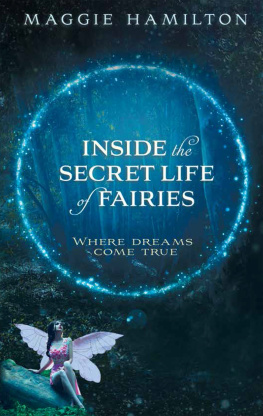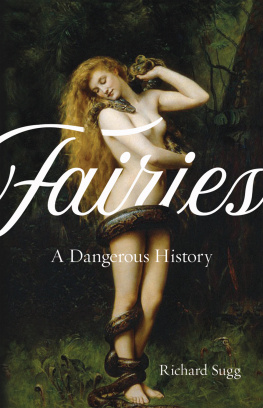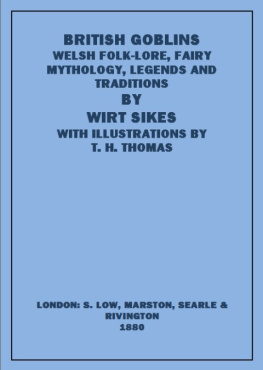SCOTTISH FAIRY BELIEF
Scottish Fairy Belief
A History
Lizanne Henderson and Edward J. Cowan

This eBook was published in Great Britain in 2022 by John Donald,
an imprint of Birlinn Ltd
Birlinn Ltd
West Newington House
10 Newington Road
Edinburgh
EH9 1QS
First published in Great Britain in 2007 by John Donald
Copyright Lizanne Henderson and Edward J. Cowan, 2001
eBook ISBN 978 1 78885 433 7
The right of Lizanne Henderson and Edward J. Cowan to be identified as the authors of this book has been asserted by them in accordance with the Copyright, Designs and Patents Act 1988.
All rights reserved. No part of this publication may be reproduced, stored, or transmitted in any form, or by any means electronic, mechanical or photocopying, recording or otherwise, without the express written permission of the publisher.
The publishers gratefully acknowledge the support of the Strathmartine Trust towards the publication of this book
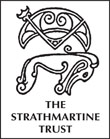
Contents
Plates
Tables
Figures
Acknowledgements
Although they conjure images of ethereal, and, in the minds of some, small creatures, the fairies of Scotland represent rather a colossal subject which tends to grow on acquaintance. We are conscious that we could have spent much more time in search of them and that, as in the best fairy tales, all has not been quite resolved at the end.
Part of the research for this book was carried out at the Folklore Department of Memorial University, St. Johns, Newfoundland. L.H. owes many thanks to her supervisors, the late David Buchan, and Martin Lovelace, for their encouragement and many helpful comments. She is also indebted to Louise Yeoman, Miceal Ross, and Joyce Miller. E.J.C. has been exploring fairy belief as a reflection of folk mentalit for longer than he cares to admit. He is grateful to students at the universities of Guelph and Glasgow for their invaluable participation in the quest. Theo van Heijnsbergen, Cathair Dochartaigh and Douglas Gifford all most generously gave advice on literary matters. Needless to say, the authors alone are responsible for the errors that undoubtedly remain.
The friendly assistance of the staff at the National Archives of Scotland, the University of Guelph Librarys Scottish Collection, Stirling Archive and of Special Collections at Glasgow University Library has been greatly appreciated. We also thank John and Val Tuckwell for their faith and interest in this project.
Lizanne Henderson
Ted Cowan
Glasgow, 2001
Abbreviations
| APS | The Acts of the Parliaments of Scotland, ed. T. Thomson and C. Innes (Edinburgh 181475) |
| Child | F. J. Child, The English and Scottish Popular Ballads, 5 vols (Boston and New York 18821898) |
| Court Books | The Court Books of Orkney and Shetland, 16141615, ed. and transcribed Robert S. Barclay (Edinburgh 1967) |
| Court Book of Shetland | Court Book of Shetland, 16151629, ed. Gordon Donaldson (Lerwick 1991) |
| Daemonologie | King James VI, Daemonologie in forme of a Dialogue 1597 (London 1924) |
| Extracts Aberdeen | Extracts From the Council Register of the Burgh of Aberdeen, 15701625, Spalding Club (Aberdeen 1848) |
| Extracts Strathbogie | Extracts from the Presbytery Book of Strathbogie (Aberdeen 1843) |
| Good People | The Good People: New Fairylore Essays, ed. Peter Narvez (New York and London 1991) |
| JC | Justiciary Court Records (NAS) |
| Kirk | Robert Kirk, The Secret Common-Wealth, 1691, ed. Stewart Sanderson (Cambridge 1976) |
| Letters | Walter Scott, Letters on Demonology and Witchcraft (1830; London 1884) |
| Maitland | Maitland Club Miscellany (Edinburgh 1833) |
| Miscellany | Miscellany of the Spalding Club (Aberdeen 1841), vol. 1. |
| Minstrelsy | Walter Scott, Minstrelsy of the Scottish Border, 4 vols, ed. T. F. Henderson (Edinburgh 1932) |
| NAS | National Archives of Scotland |
| NLS | National Library of Scotland |
| NSA | New Statistical Account of Scotland, compiled by John Sinclair 15 vols (Edinburgh and London 1845) |
| OED | Oxford English Dictionary |
| OSA | The Statistical Account of Scotland compiled by John Sinclair 21 vols (Edinburgh 17711799) |
| Pitcairn | Robert Pitcairn, Ancient Criminal Trials in, Scotland 4 vols, (Edinburgh 1833) |
| POAS | Proceedings of the Orkney Antiquarian Society (Kirkwall 19235) |
| PSAS | Proceedings of the Society of Antiquaries of Scotland |
| SCA | Stirling Council Archives |
| SND | Scottish National Dictionary |
| TGSI | Transactions of the Gaelic Society of Inverness |
| Trial Irvine | Trial, Confession, and Execution of Isobel Inch, John Stewart, Margaret Barclay & Isobel Crawford, for Witchcraft, at Irvine, anno 1618 (Ardrossan and Saltcoats 1855) |
INTRODUCTION:
Beware the Lychnobious People
who in the sixteenth century lacked familiarity with angels and demons? Who did not carry inside himself a strange, phantasmagorical universe haunted by strange species?
Lucien Febvre
The world is full of spirits. As thick as atomes in the air, wrote Robert Kirk in 1691, they populate every nook and cranny. They are no nonentities or phantasms, creatures, proceeding from ane affrighted apprehensione confused or crazed sense, but realities. Not all tales of pygmies, fairies, nymphs, sirens, or apparitions can be true, but so many are the stories, and so universally told, that surely they could not spring of nothing? The Reverend Kirk believed the fairies to be one of several orders of spirits inhabiting the world. To him, and the many others who shared his views, the fairies were just another species awaiting scientific analysis like the many animals, birds and insects that were being discovered as the worlds horizons widened.
This book seeks to investigate the nature of Scottish fairy belief from the fifteenth to the nineteenth centuries and aims to reach some conclusions about the role of fairies as a cultural phenomenon. Despite J. R. R Tolkiens cautionary observation that farie cannot be caught in a net of words; for it is one of its qualities to be indescribable though not imperceptible, we attempt to describe as well as perceive. Most of the tropes and metaphors associated with the fairy experience are by no means unique to Scotland, but are found throughout the length and breadth of Europe with analogues much further afield. The pantomime question annually roared at laughing children, Do you believe in fairies? would have baffled people in pre-industrial societies; everybody did, for the contrary was unthinkable. The only dispute concerned what fairies represented, questions of whether the guid neighbours were manifestations of divine providence or the legions of hell. As late as the 1840s sober ministers compiling their parish reports for the New Statistical Account were quite capable of suggesting that just as the capercaillie or the pine marten had not been seen in their districts for seventy years, neither had the fairies. Consideration of the latter affords an opportunity, too seldom available or seized in historical investigation, to explore the
Next page
